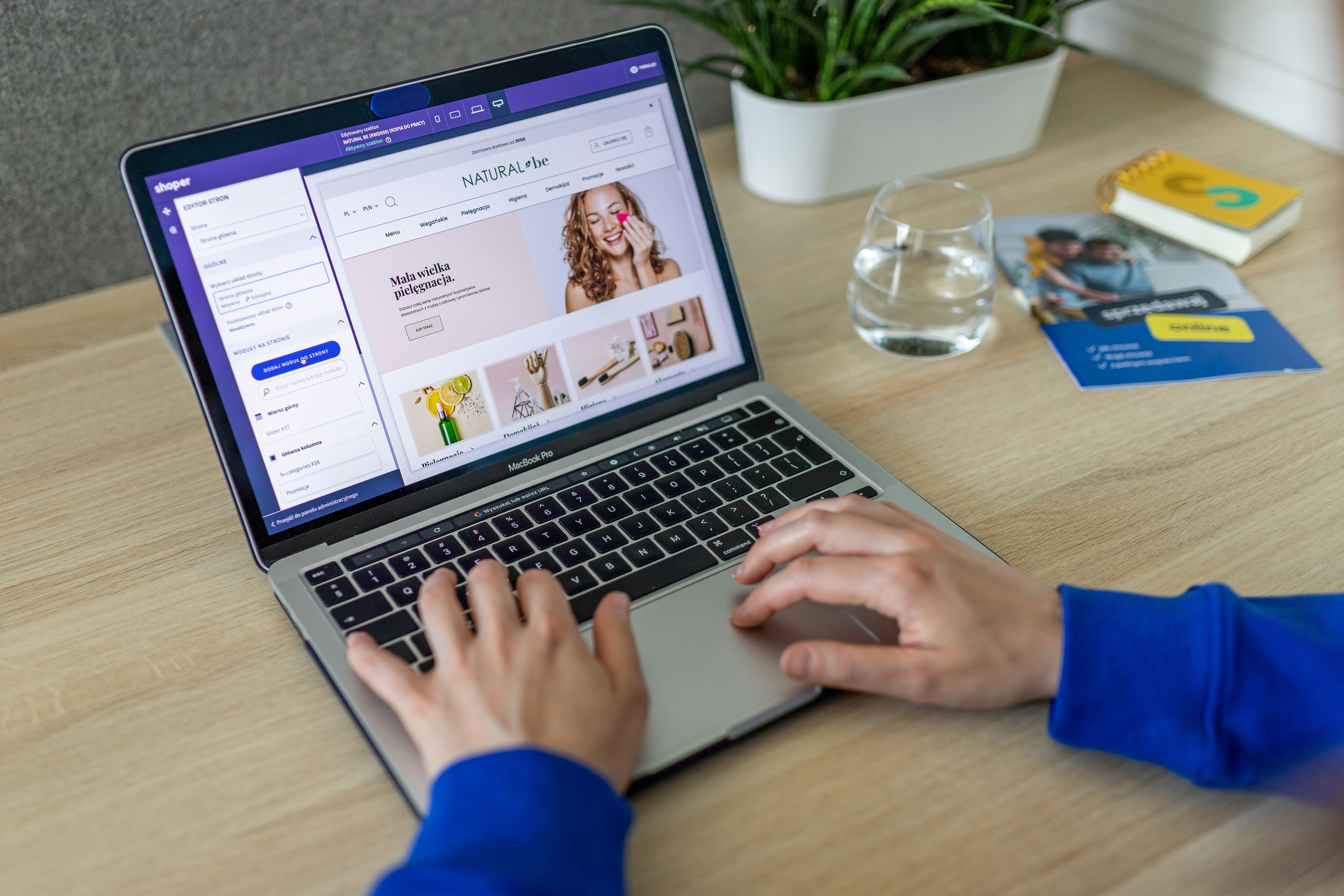Email Playbook
Home Services (Contractors, HVAC, Plumbers, etc.)
Homeowners or renters seeking local services (often urgently). They value trust, quick response, and clear communication. They might be collecting multiple quotes and are sensitive to both price and reliability.
Tones
Most Successful Tones
Warm
Friendly
Trust-Building
Home service customers often aren’t experts (they don’t know HVAC technicalities, for example), so they appreciate a helpful, reassuring tone. You want to sound like a knowledgeable neighbor who’s there to help, not a slick salesman. Be professional but approachable. For example, a bit of empathy goes a long way: “I know having a broken AC in summer is stressful – we’ve got your back.” Also, confidence is key: reassure them that you’re experienced and reliable (“Our family-owned company has served the community for 20 years”). Avoid jargon; use simple terms. Tone check: If reading your email aloud sounds like how a friendly, honest contractor would talk to a homeowner, you’ve nailed it.
Timing
Recommended Retargeting Cadence
In home services, speed and persistence win (because needs are often urgent, but decisions can still take time/comparison). A proven cadence is:
Immediately (within 1-2 hours)
Of a lead inquiry or site visit: Send a thank-you or acknowledgement email. If they filled out a form for a quote, for example, reply quickly with, “Got it – we’re working on your estimate!” If it’s just a visitor identified by Intentwave (no form), you might still reach out: “Hi, I noticed you checked out our [Service] page – have you got any questions? We’re here to help.” Quick contact shows you’re responsive, which customers love. In fact, following up the same day can significantly boost your chances of closing the deal
Next Day
If you gave a quote or they haven’t scheduled service yet, follow up with additional info: maybe share a customer testimonial or FAQ. For example, “I wanted to share a quick success story of a homeowner we helped last week – we fixed a similar problem in just 2 hours. Let us know if you’d like the same peace of mind!” This reinforces trust and keeps you top-of-mind.
2-3 days later
Reach out again if no response. Perhaps offer to hop on a call or provide a small incentive: “We still have availability this week – if you’d like, we can offer 10% off if you book by Friday.” Many home service pros close the sale on the 2nd or 3rd contact when the customer realizes you’re actively interested in helping (while others may have forgotten them).
Within a week
Attempt a phone call if you haven’t already (calls can be effective in this industry, especially for older homeowners). Leave a friendly voicemail referencing your emails.
Up to 5 follow-ups over 2-3 weeks
It’s documented that 80% of sales in this space require around five follow-ups. So don’t stop after one or two. Space them out every few days. On follow-up 4 or 5, you might use a “last chance” friendly note: “We’re here whenever you need, even if it’s not now. Feel free to reach out with any questions down the line!” This way you leave the door open. Consistent, polite persistence shows professionalism and can double or triple your close rate versus giving up early.
Timing
Guide to Subject Lines & Openers
Subject Lines
Keep them short, local, and relevant.
Examples: “Your HVAC Quote from [Company Name]”, “Quick follow-up on your inquiry”, or “Ready to fix that [problem]? We can help.” Including the specific service or issue can increase open rates: e.g., “Leaky faucet? Here’s your solution.” If you have the person’s first name, use it: “John, about your roofing estimate…”. Urgency can help if appropriate: “Slot open tomorrow for your AC service”.
Avoid all-caps or too salesy language which might look spammy. Aim for 5-7 words if possible (studies show 5-7 word subject lines perform well). Since many homeowners check email on phones, make the key info appear in the first 30-40 characters (which is about what mobile shows).
Openers
Start by thanking or acknowledging.
“Hi [Name], thanks for reaching out to [Your Company]!” or “It was a pleasure to see you visited our site – I wanted to follow up personally.” Then quickly state value: “I’m [Your Name], and I’ll be your point of contact to make sure your [Service Issue] is taken care of ASAP.” In home services, mentioning speed or convenience early can hook them (they often want it done fast and right).
For example: “We can typically fix [Problem] within a day and at a time that fits your schedule.” Keep the first sentence or two very customer-focused – it’s about solving their problem, not bragging about yourself (that can come later with testimonials or credentials).
Email Playbook
eCommerce (Online Retail & DTC Brands)
Shoppers who may browse, cart items, or abandon carts. They could be first-time visitors or repeat customers. They value a smooth experience, incentives (like discounts or free shipping), and quick answers to product questions. Emotions can drive purchases, so brand voice matters.
Tones
Most Successful Tones
On-brand
Personable
Playful/Emotive
In eCommerce, your tone should reflect your brand’s personality – it’s part of the product experience. Successful tones range from friendly casual (for a lifestyle brand, maybe using humor or trendy lingo) to luxurious and concierge-like (for a high-end brand, maybe more formal but still customer-centric). The common thread is personalization and enthusiasm for the product. For example, if someone added a fashion item to cart, your email tone might be excited: “OMG, you have great taste – that jacket you picked is one of our faves! 😍”. For a tech gadget site, maybe a geeky excited tone: “That drone in your cart is ready to fly – just one more step to make it yours 🚀.” Always sound like a human, not a robot – eCom leads respond to genuine, conversational language that fits the vibe of what you sell. And don’t be afraid to inject some urgency or FOMO in a friendly way (it often pushes shoppers to act).
Timing
Recommended Retargeting Cadence
E-commerce thrives on timely reminders and multi-touchpoints across email (and sometimes SMS). A typical high-performing cadence for abandoned carts or browse abandonment is:
Email 1 – within a few hours (2–4 hours) of abandonment
The first reminder while the shopping desire is still fresh. Keep it simple and helpful. “Hey, you left something behind!” Include product images, names, prices, and a clear call-to-action to return to cart. No hard sell needed, just a nudge: “Your cart is waiting, and it’s just a click away from being at your doorstep.” Pro tip: Many brands have found this email can recover a good chunk of carts, especially if sent relatively soon (but not too soon – give them an hour or two to possibly complete on their own).
Email 2 – about 24 hours later
If they haven’t acted, send a follow-up with a bit more incentive or urgency. This is often where you might offer a discount or free shipping if you have healthy margins. Example: “Still thinking it over? Here’s 10% off to sweeten the deal – use code TAKE10”. If you can’t offer a discount, highlight popularity or limited stock: “Heads up: items in your cart are going fast, don’t miss out!” Using social proof here can help too: mention if the item is highly rated or almost sold out (“Only 2 left in stock!”). The second email can be a bit more direct in urging them to act.
Email 3 – 2-5 days later
A last attempt. By now, if they haven’t bought, maybe the initial product wasn’t right. So you can try an alternative approach: recommend other products or ask for feedback. “Not feeling the [Product]? We’ve got something else you might love…” and show related items or best-sellers. This way, you might convert them on a different item. Or, if you prefer, you can make this a heartfelt “We’re here to help” email: “Have questions? Need help deciding? Reply to this email and our stylist/tech support will assist you one-on-one.” Sometimes a personal touch at this stage can re-engage a hesitant buyer.
Timing
Guide to Subject Lines & Openers
Subject Lines
Reminder with personality: “You forgot something 😱” or “Your cart misses you (and so do we).” These are lighthearted and grab attention (the Liquid Death example: “Maybe you died?” was extreme but memorable – if it fits your edgy brand, go for it).
Incentive/urgency front-loaded: “24 hours left to save your cart item!” or “Reserve your [Product] – stock low!”.
Question or FOMO: “Still thinking about [Product Name]?” or “Don’t let your picks slip away…”.
Personalized: If you know their name or something specific: “Anna, your favorite items are almost gone!” or “Ready to complete your order, John?” (Including first name can increase opens).
Keep it short but intriguing. Most inboxes show ~40 characters, so get the hook in early. Emoji can sometimes add flavor (like a 🛒 cart emoji, or 🔥 for urgency) – many brands use them to stand out in crowded inboxes, but use relevant ones and don’t overdo it.
Avoid spammy words like “FREE!!!” in all caps, multiple exclamation points, etc., as those can hurt deliverability. It’s a balance: sound exciting but authentic.
Openers
Once they open, remind them of what they were interested in and be friendly.
Example: “Hey there! Just a friendly reminder that you left some goodies in your cart 😊. We’ve saved them for you!” This sets a positive tone. If offering help: “Sometimes life gets busy, we get it. Just wanted to check if you had any questions about [Product] – we’re happy to help.” If offering a deal: “Good news – we grabbed a 10% off code just for you to help you snag [Product Name]!”
Always make it customer-centric: It’s about making it easy for them to get what they want. E.g., “We want you to get the full [Brand] experience, and that [Product] in your cart is a big part of it.” Keep paragraphs short (1-2 sentences) for easy skimming. Bullet points work well if highlighting product features or benefits quickly. And include a direct link/button early (“View Cart” or “Checkout now”) because some will click straight away.










